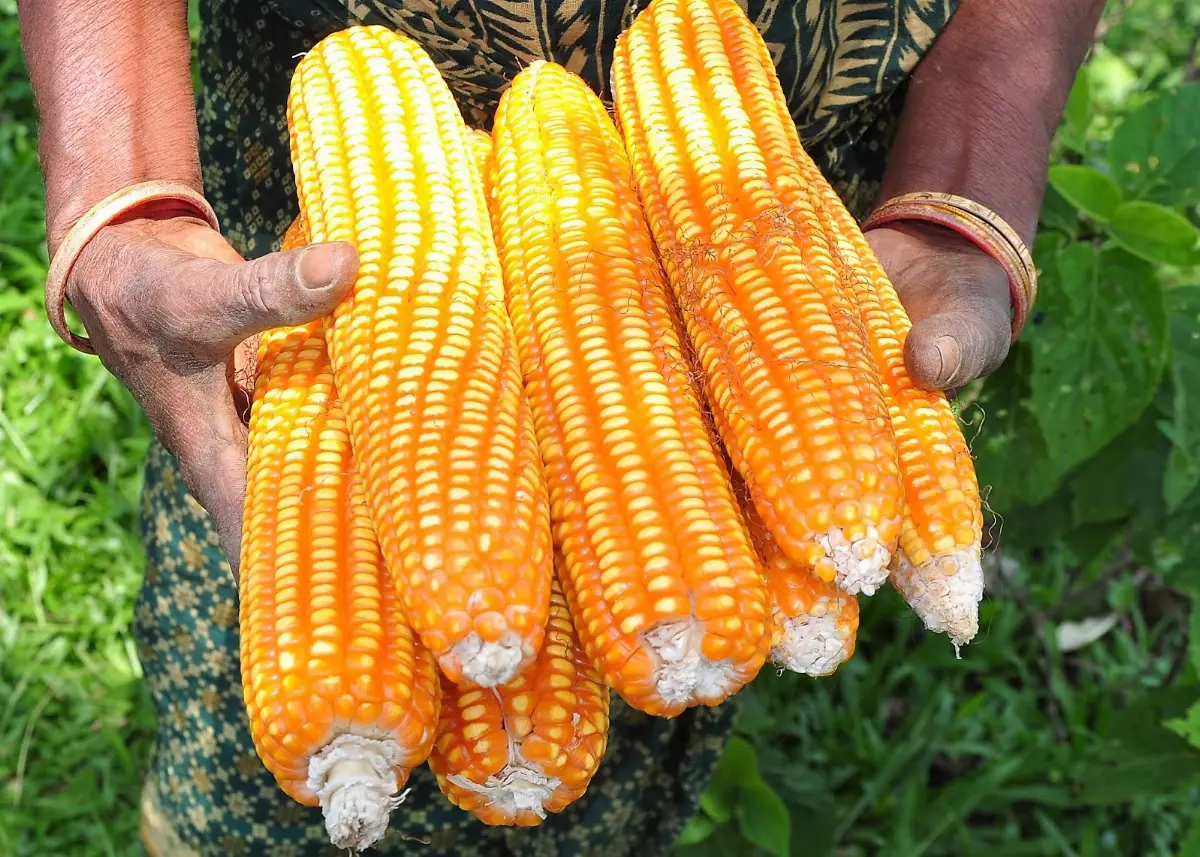
Do you want to access to this and other private contents?
Log in if you are a subscriber or click here to request service
Food raw materials: prices unchanged in September on a monthly basis
According to the FAO report, the index recorded a decline of 10.7% compared to last year

The increase in sugar (+8.9%) and corn (+7%) offsets the decrease in meat (-1%) and dairy products (-2.3%).
lml - 34935
EFA News - European Food Agency
EFA News - European Food Agency